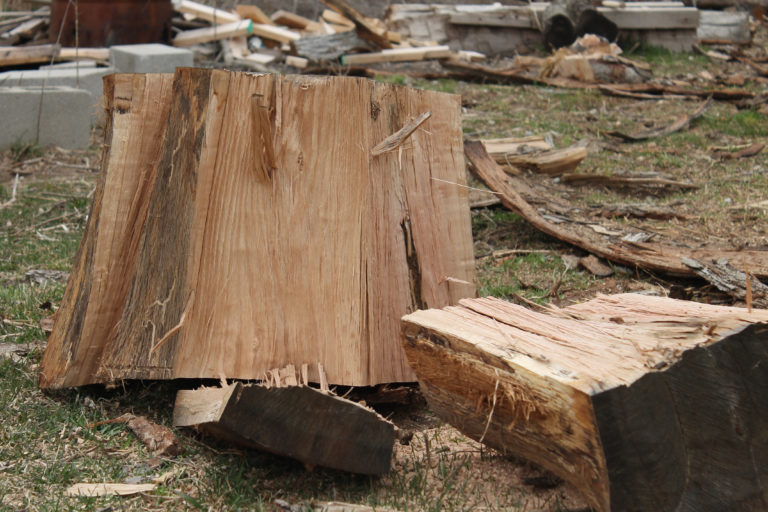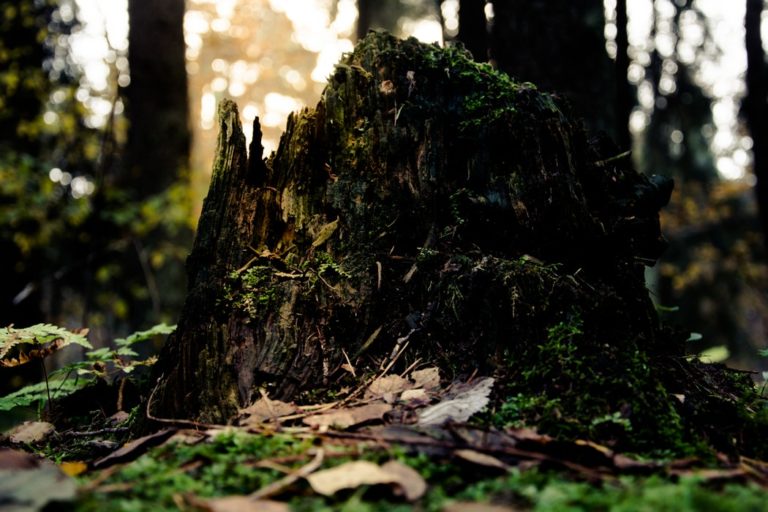A common request for services in the Chicago area including Naperville, Oak Lawn, Bolingbrook, and other Chicago area suburbs is a request for tree trimming. However there is a lot of confusion regarding terminology of various tree trimming and Tree Service words. One confusing, commonly used term is tree topping. There’s a great book that includes this topic called “A NEW TREE BIOLOGY FACTS, PHOTOS, AND PHILOSOPHIES ON TREES AND THEIR PROBLEMS AND PROPER CARE” By ALEX L. SHIGO.
The book covers lots of other tree service and tree care related topics other than tree topping but I wanted to excerpt a small portion related to tree topping here. I recommend this book for anyone to read who wants to care for the trees on their property. Here is the excerpt:
Topping A hundred times, at least. I have heard it said. “…the client wants their trees topped, and we (the arborist talking) give them what they want and will pay for. We must make a profit, or we will not be in business long. And believe me, the next company that comes along will take the topping job.” A dilemma begins to happen. If the arborist does not do the requested topping, somebody else will and the trees still will be injured, so the first arborist often feels that he might as well do the injurious job and get the profit. Some arborists will refuse to top trees. I accept the fact that there is a dilemma. And, I believe that like wound dressings, topping will never go away, but I also believe that there are ways to greatly reduce this injurious practice and still make profit, or even more profit. First, some order is needed on the subject. Let us not confuse topping – the internodal removal of a leader trunk – with early pruning or training of young trees, pollarding, bonsai pruning, crown reduction by cutting at crotches (many names for this: drop crotch pruning, dehorning, etc.). Topping is done internodal, proper crown reduction is done at nodes, or at crotches. So the first separation must be nodes – good, internodes – bad. The next point that needs clarification is size or diameter of trunk or branch removed. You could make a nodal cut by removing a trunk 10 inches in diameter at the place it has contact with a one inch branch. This is cut at a node. Is this then not a proper nodal cut? No! The part removed should be at least a third smaller in diameter than the part that remains. There are always exceptions. There is no exact rule here because you can do almost anything to some trees, like linden, prane tree, and willows, and they will keep growing. My only point here is that we I say nodal cuts are better than internodal cuts, some common sense must to play when size of parts removed is considered. More. We live in a society that wants everything fast. We want fast growing trees to fill small areas. Then when the fast growing tree continues to grow, it must be cut back to size again. We equate rapid growth and large size with health and vigor. Heavy fertilization is often used to make the tree grow even faster and bigger. Over and over again, the story ends with a topping cut. Let us not confuse topping with early training of trees. If you start early, you can train most trees to grow almost any shape and to regulate size by periodic pruning. Topiary proves that many trees, especially conifers, can be pruned to assume many shapes. The important point is that the pruning must start early. Then, even some small topping cuts do not cause serious injury. In the Orient they bonsai prune trees that are several meters high. The training still starts when the trees are relatively small. In South Korea I saw trees that were 4 and 5 meters tall pulled partially out of the soil and tied down to start training as a procumbent tree. It can be done when started early. As trees get larger and older, the harsh pruning methods cause more serious injuries. Pollarding is different from topping. Pollarding starts when trees are relatively small and young. The tree is topped once and a number of new shoots form. Every year, the shoots are cut off without cutting into the tissue below the origin of the buds. Ground pollarding for biomass or fuelwood is commonly done on species of alder and willow in Europe. The first cut is made at ground line. After a few to several years, the shoots are cut back to their base without cutting into the swollen basal mass of tissue that produces the buds. Tilia (linden) and plane trees can survive constant pollarding, just as Catalpa species. Problems start when other species such as maples, elms, and oaks are pollarded. Pollarding must be started early in the life of the tree and kept up every year. The sprouts are usually cut after the leaves fall. Some people try pollarding conifers. Trees such as hemlocks and firs and some pines can be sheared or hedged, but this is not pollarding. When the tops are cut from spruces, the tree may live, but the dignity of the tree is destroyed. On the tree species that can withstand pollarding, the treatment is not harmful so long as it is kept up. What can an arborist do when asked to top trees? The best solution is to discuss the work with the client and indicate that the trees can be reduced in size, but to do the work in a way that will not injure the trees, the pruning should be done over a 3 or 4 year period. At the same time, attention should be drawn to young trees owned by the client. Try to get a pruning program started on the young trees so they will not need topping later. We must work together to stop topping of mature trees. We must work with landscapers and developers to help get the right trees in the right sites. Topping also is a major starting point for hazard trees. Malpractice suits may be in the near future for people who continue to top trees. As people and trees get closer, greater care must be exercised in treating trees. We must push hard to let people know that if it must be topped, then it would be better to remove the tree and start over again with a new tree. And to start pruning early.
